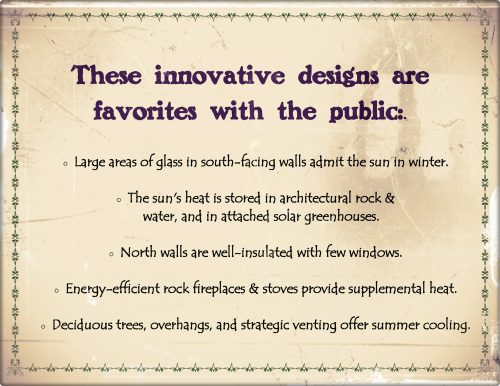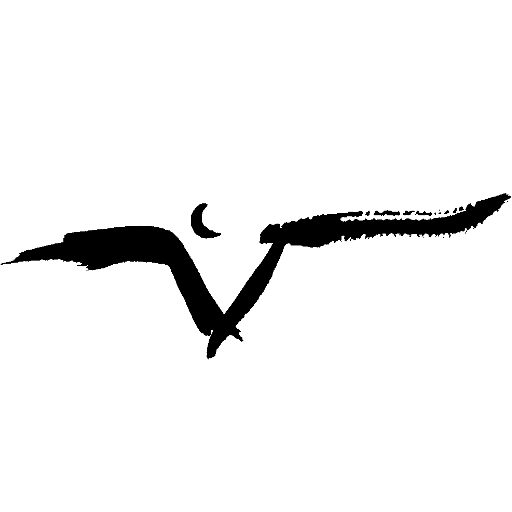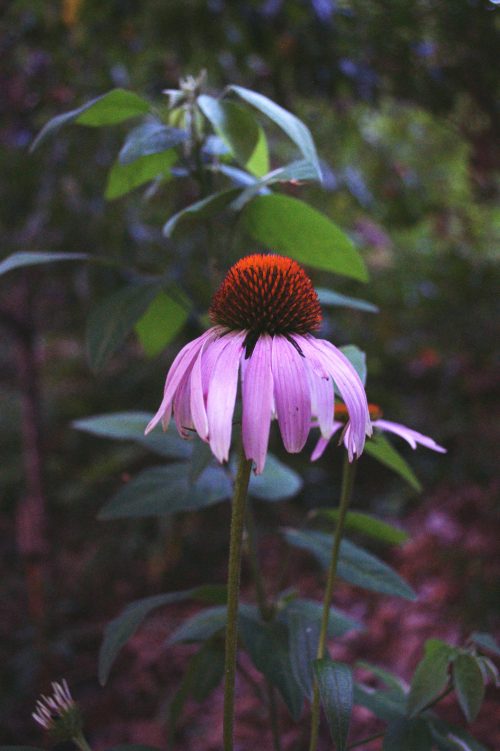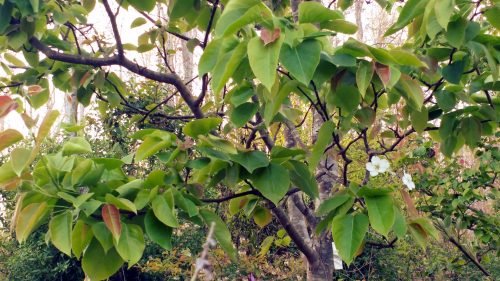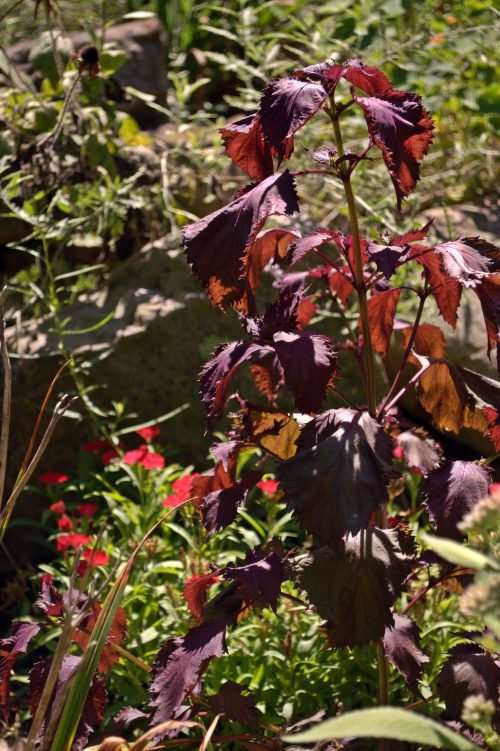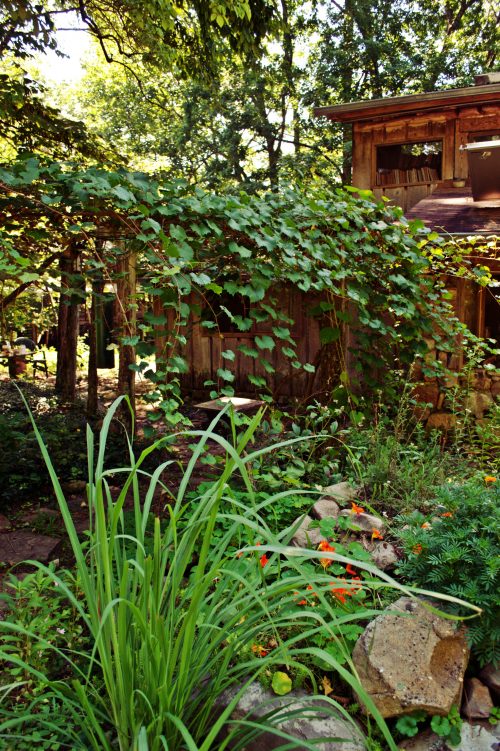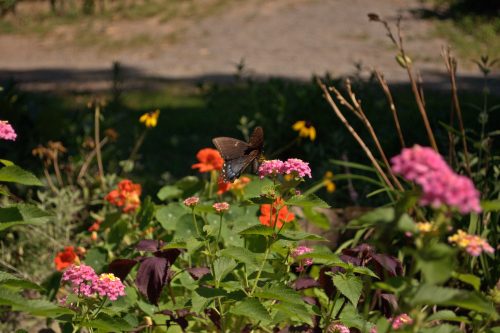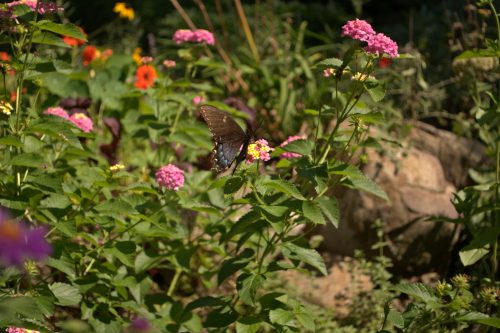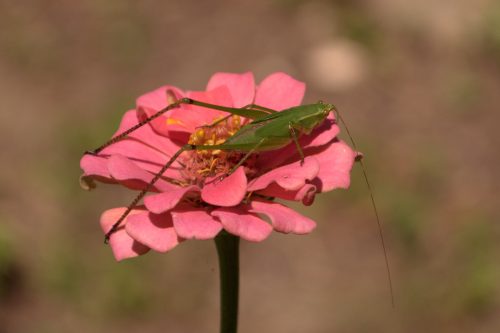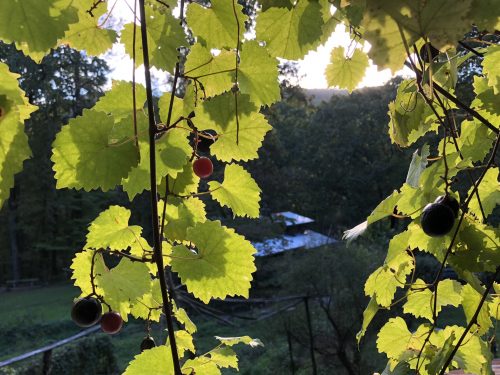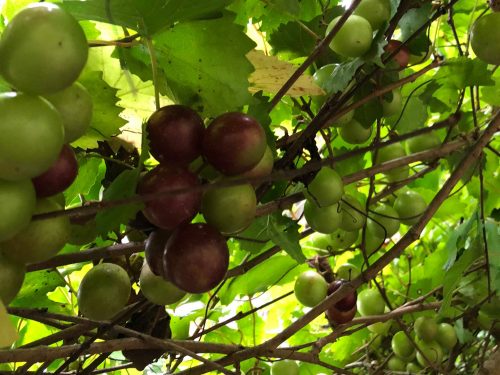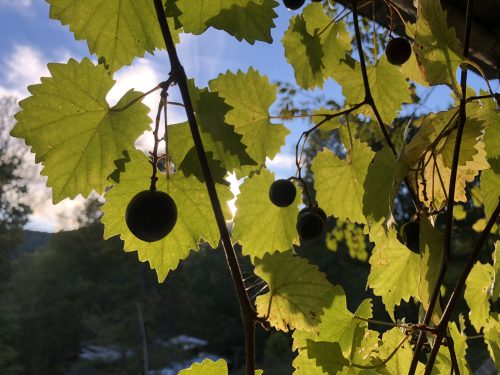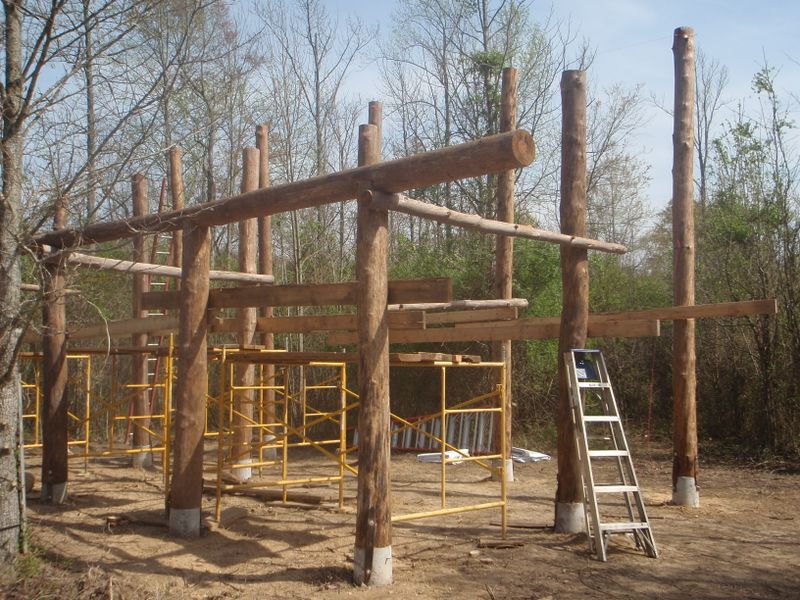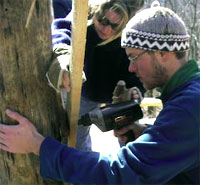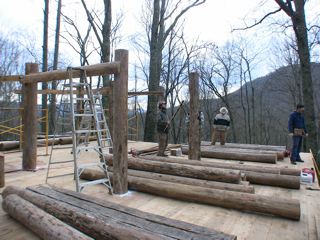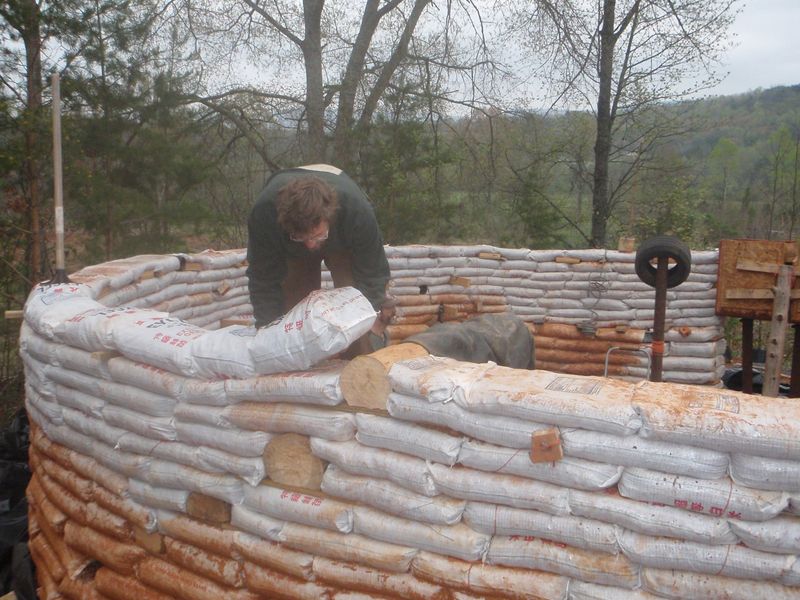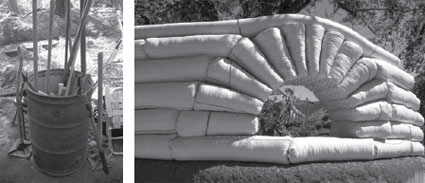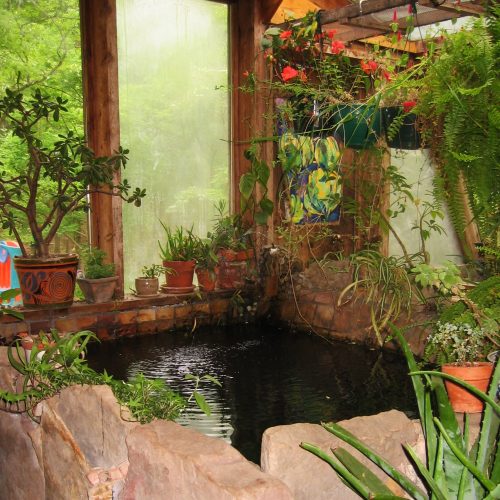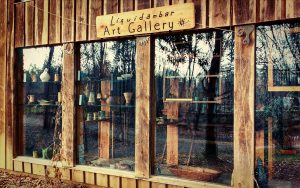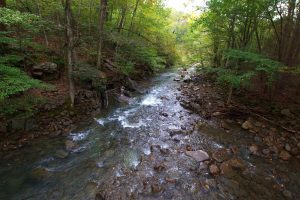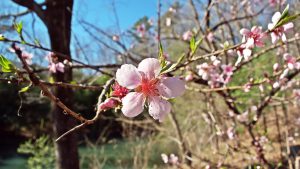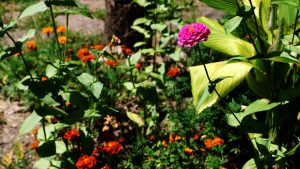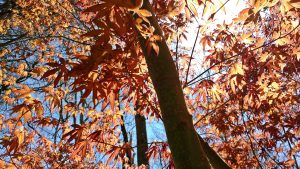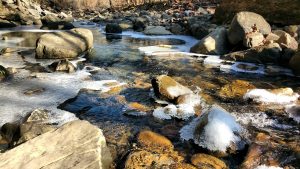Permaculture
The landscape design at S.V.I. is based on preserving and recovering the natural biodiversity of our bioregion through land-use and community-building, utilizing a philosophy known as Permaculture.
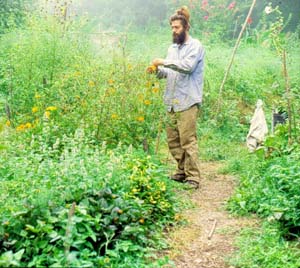
Permaculture encourages ecological landscapes that
produce food, support energy-efficient buildings, and
promote the recycling of materials. These components
are arranged in an order that is synergistic and
in harmony with the land and people.
S.V.I. maintains over four acres of edible
landscape which is integrated with the
original forest ecosystem. Fruit & nut trees and vines – as well as vegetable, herb, and flower gardens – produce organically-grown food, teas, and medicines.
We continue to maintain and improve the edible landscape as an
educational experience for visitors. The gardens provide outdoor
laboratories for new techniques in ecological agriculture.
Through our workshops, we illustrate that edible landscaping and the creation of Permaculture designs are rewarding, creative, and exciting endeavors.
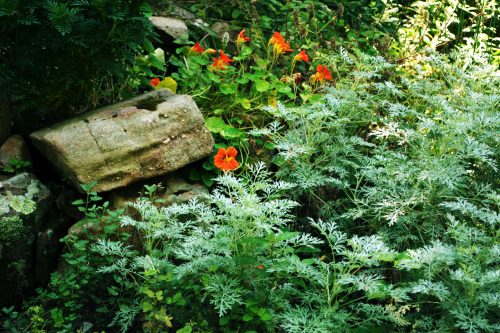
Acknowledging the world’s need for food & fiber resources, and
the shortcomings of major industry & modern agriculture, we
support and encourage the reclamation and sustainable use of land.
As informed citizens of the world become more disenchanted with factory farming and mono-culture techniques that rely upon
harsh and potentially dangerous chemicals, our example
offers alternatives that work.
Low-input high-yield forms of food production used in S.V.I. gardens can be adapted to a wide range of conditions throughout the world.
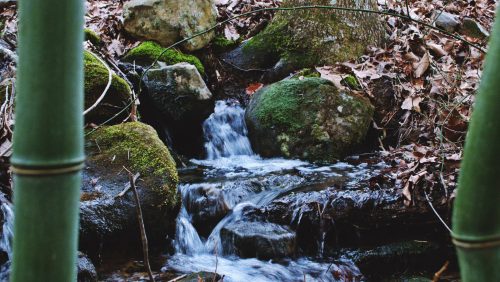
Nestled between the forest and gardens are the spring, ponds with myriad creatures, and plenty of other
places for nature study and quiet reflection.
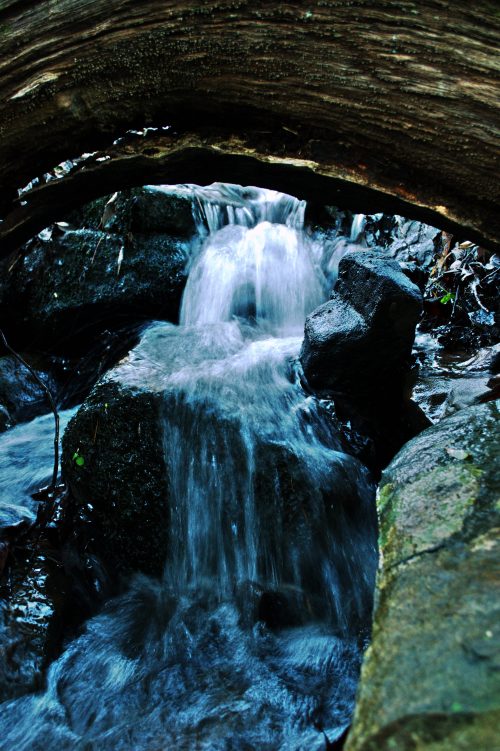
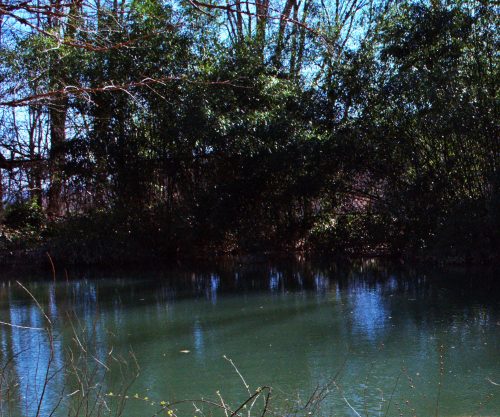
Natural Building and Architecture

Our architectural goals are to develop and maintain the property and facilities as examples of technologically appropriate and ecologically friendly design, harmoniously integrated with the forest and edible landscape. Handcrafted buildings utilize native and salvaged materials. Passive solar design and attached greenhouses provide heating, cooling and daytime lighting. These inspiring structures serve the needs of all who come to S.V.I. to learn.
Many of the structures feature the material known as cob (made using clay, sand, and straw). The ever-so technical process of mixing cob is seen in the pictures below:
Alternative Energy

The sun provides electricity for Moonshadow and surrounding buildings. An array of solar panels tracks the sun to collect energy which is stored in batteries to provide electricity. A stream has been diverted to a small reservoir which will eventually power a micro hydro (water) system. In order to round out the energy design, a wind charger system has been added to the system.
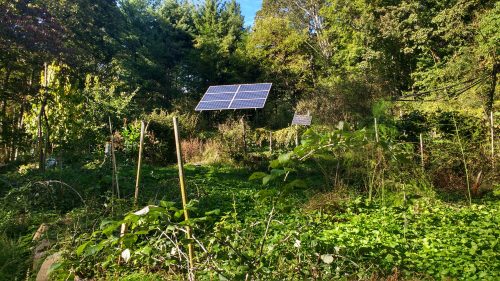
We provide in-depth, informative tours of the alternative energy systems and architecture at S.V.I. All structures represent exemplary passive solar design.
